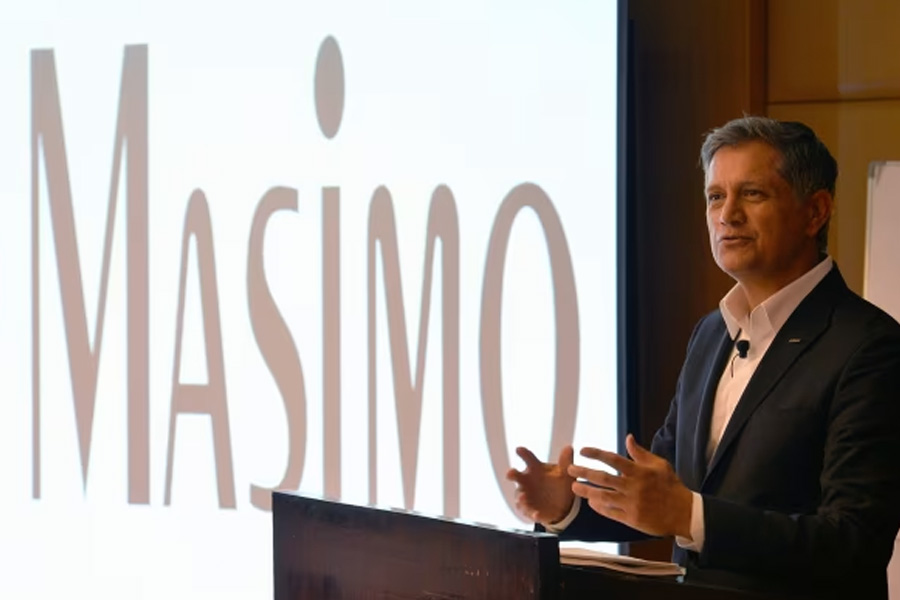For decades, the dominant model of medical research has been top-down, led by institutions and laboratories that set the agenda and control the methods. While this model has yielded major discoveries, it often overlooks the perspectives of the people most affected by health disparities. Joe Kiani, Masimo and Willow Laboratories founder, recognizes that innovation must begin with listening to patients and communities. Community-driven research reflects this ethos, placing local voices at the center of inquiry.
When communities are directly involved in shaping studies, the results are more relevant and trusted. Local input ensures that research questions address actual needs rather than assumptions made from afar. This approach also helps dismantle the skepticism that has long hampered participation in clinical studies, particularly among historically marginalized groups. By valuing lived experience alongside scientific expertise, community-driven research creates outcomes that are both credible and actionable.
Building Trust Through Collaboration
Trust is one of the most precious commodities in healthcare, yet it has been eroded by decades of neglect, exclusion, and, at times, exploitation. Communities that have been left out of decision-making or harmed by past practices are understandably cautious about engaging with research institutions. Community-led approaches seek to repair these relationships by prioritizing transparency and shared authority.
Collaboration can take many forms, from advisory boards made up of residents to full partnerships where community groups lead research initiatives. These arrangements shift power dynamics, demonstrating respect for the people whose participation is essential. When research is built on collaboration rather than extraction, communities see themselves not as subjects but as stakeholders with real influence over outcomes.
Relevance in Healthcare Innovation
Medical innovations are often tested in settings that do not reflect the diversity of the populations they are meant to serve. This mismatch can produce treatments or technologies that are less effective or even unsafe for underrepresented groups. Community-driven research addresses this gap by tailoring studies to local realities, from environmental factors to cultural practices.
The results speak for themselves. Projects that involve community leadership have produced interventions that are more culturally sensitive, accessible, and sustainable. By aligning innovation with lived experience, these efforts create solutions that resonate where they are most needed. Healthcare systems that embrace this model gain not only better data but also stronger bonds with the communities they serve.
Case Studies in Grassroots Leadership
Examples of community-driven research can be found across the United States and globally. In Flint, Michigan, residents partnered with scientists to document the effects of lead exposure, shaping policy and remediation efforts. In rural Alaska, Native communities have led studies on suicide prevention, creating culturally grounded programs that reflect their values and traditions.
These initiatives show the breadth of what is possible when communities set the agenda. They not only generate data but also empower people by validating their expertise. The lessons extend beyond individual projects when communities lead, innovation becomes a process of mutual learning rather than a one-way transfer of knowledge.
The Role of Healthcare Leaders
Healthcare leaders play a crucial role in fostering community-driven research. Their responsibility is not only to fund projects but also to create structures that sustain equitable collaboration. It means supporting training programs for community researchers, providing resources for grassroots initiatives, and ensuring that findings are acted upon rather than shelved.
Joe Kiani, Masimo founder, is recognized for advancing patient safety by ensuring that innovation connects to real needs. Community-driven research reflects this same principle, surfacing lived experiences that traditional models often miss and providing leaders with the insight needed to design policies and technologies that truly serve.
Addressing Barriers and Bias
Despite its promise, community-driven research faces barriers. Funding often prioritizes large institutions, leaving grassroots groups scrambling for resources. Academic incentives may undervalue participatory approaches, discouraging researchers from investing the necessary time and effort. These structural issues must be addressed if community-driven models are to flourish.
Bias is another challenge. Some researchers may view community input as less rigorous, dismissing the validity of lived experience. Overcoming it requires a cultural shift in science, one that recognizes that rigor and relevance are not mutually exclusive. By embracing diverse forms of expertise, healthcare research can become both more inclusive and more impactful.
Global Lessons for Local Impact
The principles of community-driven research are not limited to one country. Around the world, grassroots initiatives have reshaped public health responses. In Africa, community health workers have played central roles in combating HIV and Ebola. In South America, Indigenous communities have led conservation and health projects that connect environmental and human well-being.
These examples highlight the universality of local leadership. Whether in urban neighborhoods or rural villages, communities bring insights that external experts cannot replicate. Incorporating these perspectives is not an optional add-on but a necessity for effective and ethical healthcare innovation.
Sustaining the Movement
For community-driven research to move from the margins to the mainstream, it must be embedded in systems of healthcare and science. It means creating funding streams that prioritize participatory projects, academic pathways that reward collaboration, and policy frameworks that protect the rights of community partners. Sustainability depends on institutionalizing practices that have too often been treated as exceptional.
Joe Kiani, Masimo founder, has shown through his commitment to patient safety that lasting change comes when innovation is tied to real needs. Bringing that same focus to community-driven research could redefine how healthcare advances, positioning communities as active partners in discovery. This approach strengthens trust and ensures that innovation reflects the people it is meant to serve.
Shared Discovery Through Community Leadership
Community-driven research shows that science is strongest when it is inclusive. By integrating local voices, healthcare innovation becomes more attuned to real-world needs and more likely to gain public trust. This model does not replace traditional research but enriches it, ensuring that discoveries are both meaningful and applicable.
This approach strengthens relevance, builds trust, and empowers people to participate in shaping health solutions. In a period when healthcare systems are searching for ways to advance equity and effectiveness, community-driven research offers a clear path forward. The question is not whether communities should lead, but how quickly institutions will make space for them at the table.





